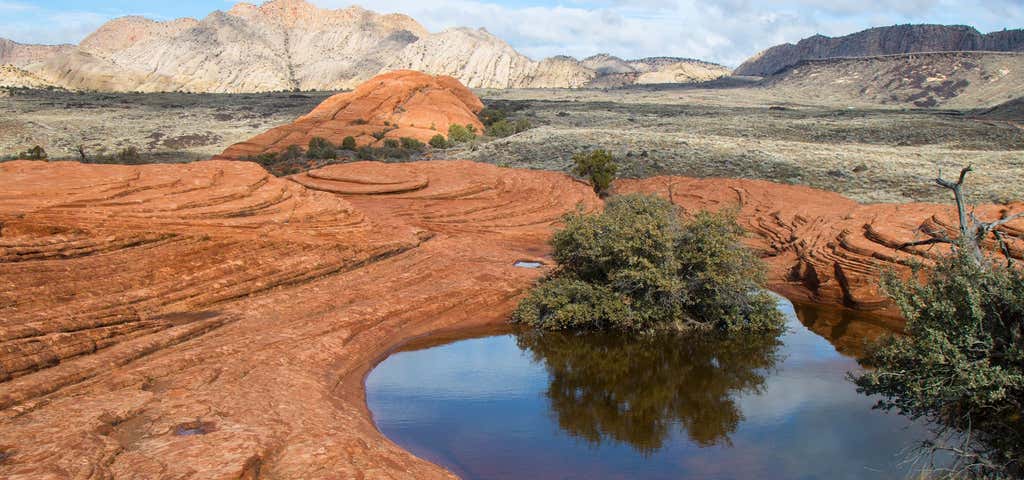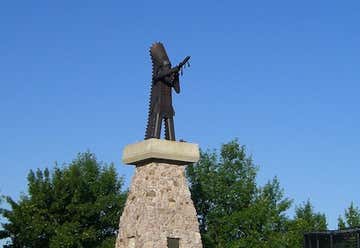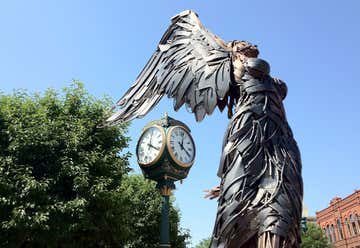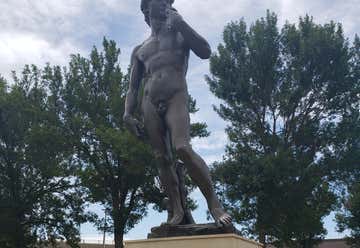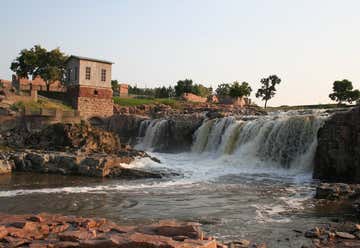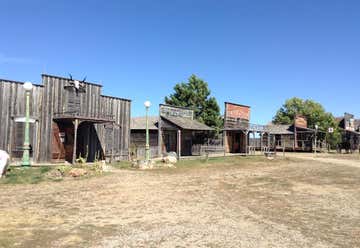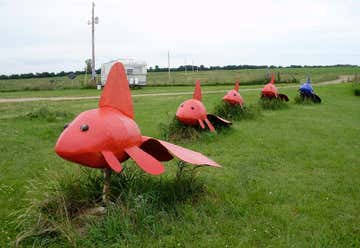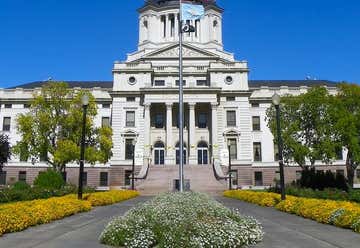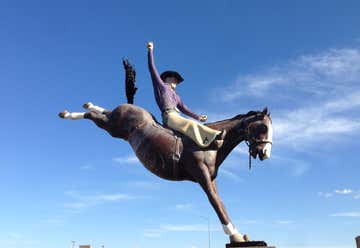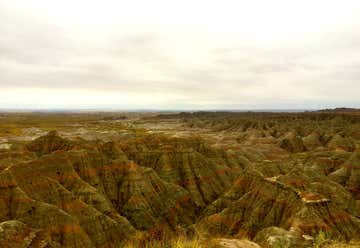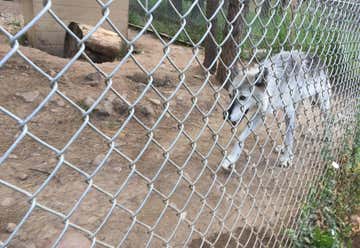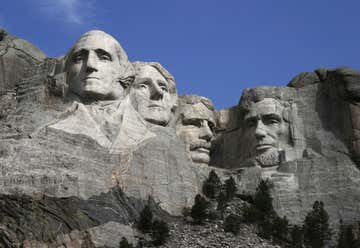“honoring the great chief” War Eagle was born in Minnesota or Wisconsin around 1785. His Dakota name was. He had left his own tribe, the Santee, to avoid bloodshed in a fight as to who would be chief. In the fall of 1851 War Eagle died and was buried on top of the high bluff overlooking the confluence of the Big Sioux and Missouri. Today the bluff is part of War Eagle Park in Sioux City. An impressive monument honors the great chief, and depicts him with the eagle feather bonnet and calumet/peace pipe, symbolizing his brave leadership and his love of peace.
head to the downtown Sioux Falls area (Phillips Ave, Main St. and 8th St.) and marvel at the great works of art!
Really pretty park along the river, great for picnic
“Water fall from the Big Sioux River” The Falls of the Big Sioux River have been a focus of life in the region throughout history. Native American peoples were the first to visit the falls and bring stories of them to European explorers. They have been the center of recreation and industry since the founding of the city in 1856. At Falls Park, located at North Phillips Avenue and Falls Park Drive, visitors can see the city's namesake as well as some of the first buildings built in Sioux Falls. Today the park covers 123 acres. An average of 7,400 gallons of water drop 100 feet over the course of the Falls each second.
Take a tour for free, 9:00-5:00
“Preserving the story of Sioux Falls” This home was built in 1889 for Thomas and Jenny McMartin. In 1911, Senator Richard Franklin Pettigrew purchased the home for $12,000. It was here that he would help to preserve the story of Sioux Falls and the surrounding region. Pettigrew first came to Sioux Falls in 1869. He worked tirelessly to build and promote the city. He was responsible for bringing in all five early railroads, developing many businesses for the community, and he served as Dakota’s representative to Congress in Washington D.C. When South Dakota became a state in 1889, Pettigrew was elected to serve as our first full term senator. He would serve two terms in Congress, championing the rights of women, farmers, and the common working man. One of R.F. Pettigrew’s passions was his collecting. He was a world traveler and amateur archaeologist. His holdings led him to build his own museum on the rear of his home that opened to the public in 1925. Artifacts such as stone tools, projectile points, Native American clothing, guns, natural history specimens, and items related to the settlement of Sioux Falls all were included. When he died in 1926, he left his home and museum to the city of Sioux Falls to be maintained as a museum. A further addition would be added to the home in the 1930s by the city, completing Pettigrew’s vision. Today you can take a guided tour of Senator Pettigrew’s restored home. The home is arranged much the way it would have looked when Pettigrew lived here. Exhibit galleries tell the story of Pettigrew’s works and of a growing city on the prairie. Admission is FREE!
“Remembering South Dakota's role in WWII” This small museum contains many items of historical interest regarding the ship's role in World War II in the Pacific. A gift shop also offers items for sale relating to the U.S.S. South Dakota. The museum was expanded in 2009 and now offers even more displays for viewing. The West Wing addition was made possible through a generous donation from a former shipmate. Admission is FREE.
Spend about 1 1/2 - 2 hours in the late afternoon $8 “Re-enact 1880s history!” Inside old buildings on main street, life-sized animated mannequins re-enact 1880s history and life typical of the region. Huge display of antiques and horse-drawn farm equipment. Authentic Lakota sweat lodges, country store, coffee shop, buffalo herd and more.
Just outside Sioux Falls, all made with recycled metal, the largest being a bull head
You don't need to go inside. Just for pictures and maybe dinner somewhere. “a weird tribute to SD agriculture” The Corn Palace serves as a multi-use center for the community and region. The facility hosts stage shows, as well as sports events in its arena. The World's Only Corn Palace is an outstanding structure which stands as a tribute to the agricultural heritage of South Dakota.The original Corn Palace, called "The Corn Belt Exposition" was established in 1892. Early settlers displayed the fruits of their harvest on the building exterior in order to prove the fertility of South Dakota soil. The third and present building was completed for it first festival at the present location in 1921. The exterior decorations are completely stripped down and new murals are created each year. The theme is selected by the Corn Palace Festival Committee and murals are designed by a local artist. Come and experience what the Corn Palace has to offer.
via Highway 240
Just a cool tourist place to shop and eat “America's Favorite Roadside Attraction!” How do you make a living in a town of of 230 people that is unanimously described as being "in the middle of nowhere" by residents and tourists alike in the middle of the Great Depression? You work with what you have-- even if it's not much. This is the story of how a tiny little drug store became the world famous Wall Drug. The history of Wall Drug as we know it began back in 1931, when Nebraskan Ted Hustead bought it. He was looking to move to a small town with a Catholic Church to open a pharmacy in, and Wall, South Dakota met his requirements. Business was pretty slow at first-- total shocker, right? It was Ted's wife Dorothy who finally strategized a brilliant plan to bring in more customers to their establishment: put up billboards offering free cups of refreshing ice water to tourists passing near Wall on their way to Mount Rushmore, which was about 60 miles West. The rest, as they say, was history. Wall Drug quickly grew into a full-fledged tourist attraction. The pharmacy evolved into a virtual mall, complete with a Western art gallery, a chapel, souvenir shops, a soda fountain and restaurant, an arcade, and kitschiness galore. There are huge statues dotted around, including a giant jackalope, an apatosaurus, a tepee, a stagecoach, and more than a few cowboys and outlaws. Their advertising campaign pretty much set the standard for tourist attractions: you can find billboards advertising Wall Drug lining the highways-- especially I-90 between Minnesota and Billings, Montana. You can even find billbords for Wall Drug in the most unexpected of places, like Antarctica and Afghanistan. But, Wall Drug more than a tourist trap-- it's an icon. It brings in 2 million visitors each year... to a town that people would ordinarily drive right past without a second thought. But the fact that, even though it has grown into a massive complex of kitsch and touristy cliches, they'll still serve you a free cup of ice water when you pull up, really does say it all. -Roadtrippers
via Rim Rd & Sage Creek Rd
Spend the night here, first come first serve, $25. Should be there about 4:00 See handout for 16A Iron Mountain Road.
“American History, Alive in Stone...” The Mount Rushmore National Memorial is a sculpture carved into the granite face of Mount Rushmore near Keystone, South Dakota, in the United States. Sculpted by Danish-American Gutzon Borglum and his son, Lincoln Borglum, Mount Rushmore features 60-foot sculptures of the heads of four United States presidents: George Washington, Thomas Jefferson, Theodore Roosevelt and Abraham Lincoln. The entire memorial covers 1,278.45 acres and is 5,725 feet above sea level. South Dakota historian Doane Robinson is credited with conceiving the idea of carving the likenesses of famous people into the Black Hills region of South Dakota in order to promote tourism in the region. Robinson's initial idea was to sculpt the Needles; however, Gutzon Borglum rejected the Needles site because of the poor quality of the granite and strong opposition from environmentalists and Native American groups. They settled on the Mount Rushmore location, which also has the advantage of facing southeast for maximum sun exposure. Robinson wanted it to feature western heroes like Lewis and Clark, Red Cloud and Buffalo Bill Cody but Borglum decided the sculpture should have a more national focus, and chose the four presidents whose likenesses would be carved into the mountain. After securing federal funding, construction on the memorial began in 1927, and the presidents' faces were completed between 1934 and 1939. Upon Gutzon Borglum's death in March 1941, his son Lincoln Borglum took over construction. Although the initial concept called for each president to be depicted from head to waist, lack of funding forced construction to end in late October 1941. The U.S. National Park Service took control of the memorial in 1933, while it was still under construction, and has managed the memorial to the present day. It attracts nearly three million people annually. National Treasure 2 might have been a complete fabrication of American history, but Nicolas Cage was right about one thing: there's a secret room hidden away in Keystone, South Dakota's Mount Rushmore.. and it's filled with awesome stuff!
